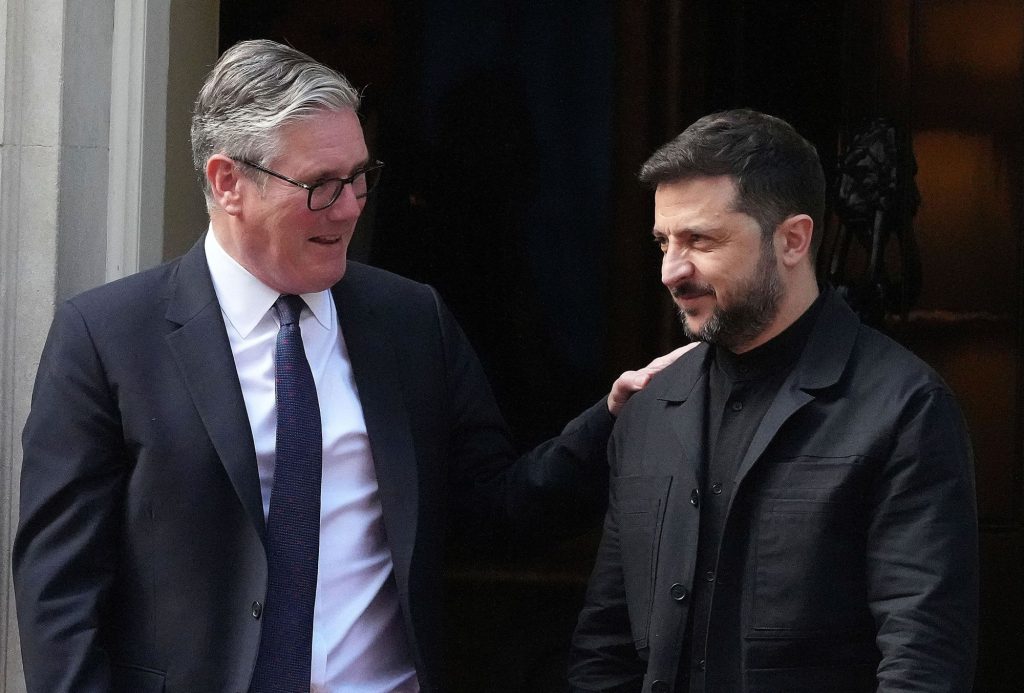A groundbreaking summit on US soil
This Friday, presidents Donald Trump and Vladimir Putin will convene in Alaska to discuss the conflict in Ukraine—a war that has raged since February 2022 and reshaped the security landscape of Europe. It marks the first meeting between a US president and the Russian head of state since 2021. Yet, as talks approach, Downing Street has issued a clear warning: any peace deal must fully include Kyiv, or it risks being meaningless.
Trump’s bold proposal and territorial swaps
President Trump has intimated that he is close to negotiating an end to hostilities, hinting at “some swapping of territories” as part of an eventual settlement. This diplomatic gambit suggests concessions by both sides—potentially redrawing frontiers to achieve a ceasefire. Such a territorial framework, however, raises alarms in Kyiv. Ukrainian President Volodymyr Zelensky has insisted that any agreement struck without Ukraine’s direct involvement would lack legitimacy and fail to secure lasting peace.
Ukraine’s voice at the table
On Monday, the Prime Minister’s official spokesperson reiterated the UK’s unwavering stance: “We’ve always been very clear that when it comes to negotiations around the future, Ukraine’s borders are for Ukraine to determine. Any peace must be built with Ukraine, not imposed upon it.” The UK’s position aligns with statements from several European partners. In a joint declaration, the United Kingdom, France, Italy, Germany, Poland, Finland and the European Commission stressed that a diplomatic solution must safeguard both Ukraine’s and Europe’s security interests.
Key messages from Downing Street
- Support for sovereignty: The UK will “never waver in its support for Ukraine” and is fully committed to Ukraine’s independence and territorial integrity.
- No rewarding aggression: Any peace deal must not “reward” Russia’s invasion or allow President Putin to claim victory by annexing territory.
- Lasting ceasefire: A ceasefire cannot simply pause hostilities; it must prevent Russia from regrouping and rearming for a future offensive.
- Inclusion of Ukraine: Negotiations cannot exclude the directly impacted party; Kyiv must be actively involved in shaping its own future.
Realism versus rhetoric
When pressed on whether the Trump-Putin talks could realistically end the war, the spokesperson was unequivocal: “It is Russia’s war of aggression that started this whole crisis. Russia could pull back its tanks today and bring this war to an end, which is why we will never waver in our support for Ukraine.” This statement underscores a core UK message: military force, rather than high-level diplomacy alone, remains the ultimate guarantor of Ukraine’s freedom.
European unity in support of Kyiv
Beyond the UK, continental capitals have rallied to present a common front. Germany and France, both deeply invested in stability on the continent, have provided military aid and economic assistance. Italy and Poland, bearing the brunt of refugee inflows, have called for swift action to prevent further civilian suffering. Finland and the EU Commission emphasize that without Ukraine’s participation, any peace plan would fail to address the roots of the conflict—namely, Russia’s breach of international law in annexing Crimea (2014) and inciting pro-Russian rebels in Donbas.
What’s at stake for Europe and the world?
Stabilizing Ukraine is not just a regional priority but a global one. A peace deal that respects national borders and upholds the principle of self-determination would strengthen international law and deter future aggression elsewhere. Conversely, a settlement imposed by external powers without Ukrainian consent could embolden other revisionist states to use force in pursuit of territorial claims.
Next steps and watchpoints
As the world waits for the outcome of the Alaska summit, key questions loom:
- Will Trump secure Putin’s commitment to include Kyiv in any final agreement?
- Can European allies maintain cohesion amid differing national interests?
- What guarantees will be offered to Ukraine to ensure compliance and prevent renewed hostilities?
- How will the international community respond if talks falter or produce a superficial ceasefire?
The integrity of Europe’s security framework—and the credibility of diplomatic processes—hangs in the balance. For now, Downing Street’s message is clear: Ukraine’s future cannot be bartered away in backroom deals. Any peace that endures must be crafted by and for the Ukrainian people.
